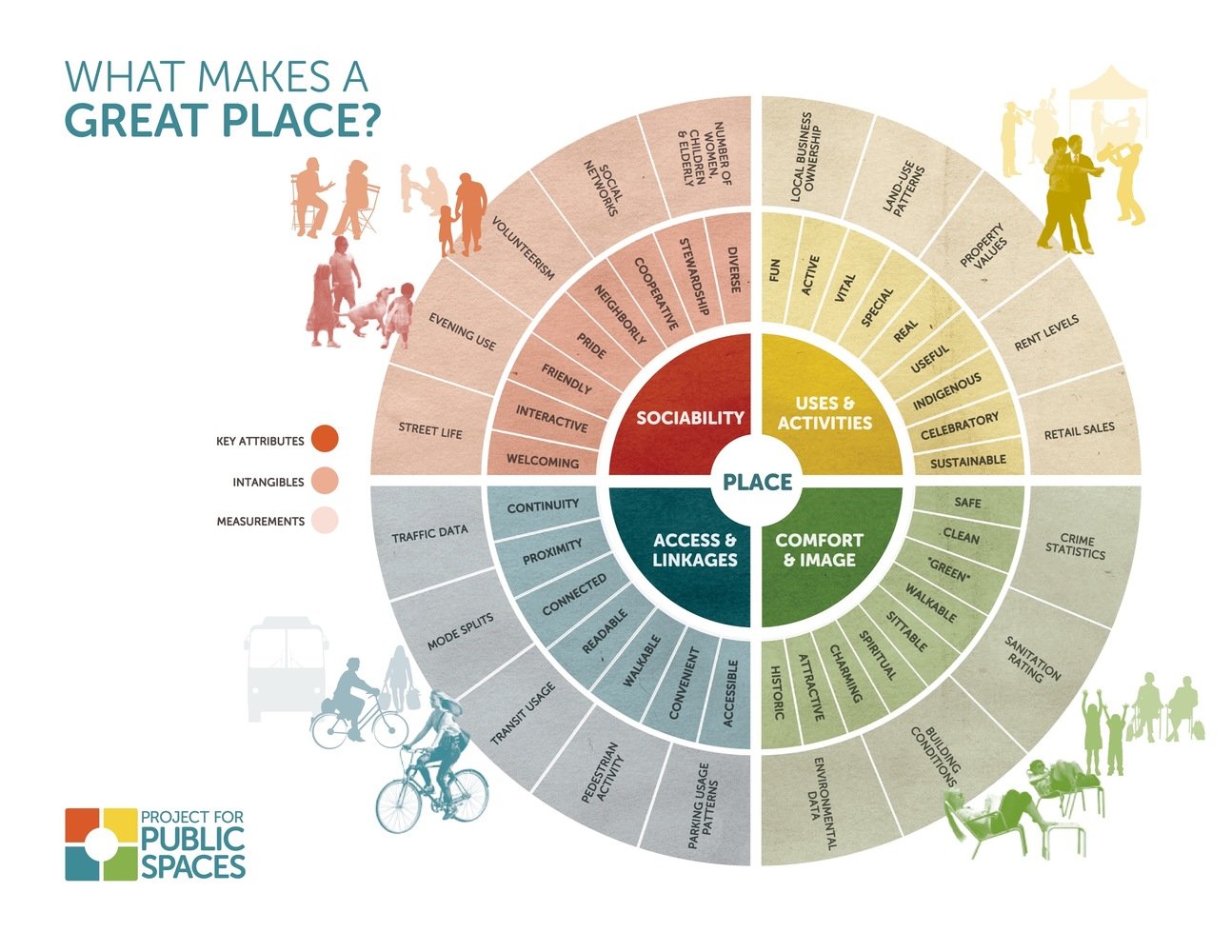5 Ways to Attract People and Business to Your City
People and business are two clear drivers of economic development in the public sector - but which comes first?
People go where the jobs are, according to conventional wisdom, but in reality it can be a “chicken or the egg” situation. Businesses are still attracted by financial incentives, and yes, people naturally follow.
On the other hand, look at Lego’s announcement to move their HQ to Boston in 2026: Small businesses and large corporations alike are relocating to areas based on the people and culture already present in a given area.
Also, access to a qualified and skilled workforce remains a very important drawing factor in a company’s location decision, according to Forbes. So when you factor in the rise of the sharing economy and a cross-industry shift towards services, people are our strongest asset.
If business goes where the people go, how do you attract people?
1) Market Your Strengths
Every municipality is different, so cater to your strengths! Identify what is unique to your city, and be sure to communicate that effectively.
For example, Boston, Massachusetts is popular especially in the summer for its walkable streets and access to public parks. So as of May 4th 2023, a new performance space will incorporate local businesses and the Boston Common.
“This new performance venue and beer garden on Boston Common will activate the historic park and our Downtown, with performances that represent all of our residents of Boston and a new, beautiful outdoor gathering space for all,” said Mayor Michelle Wu. “The City is proud to partner with Emerson College and two family-owned local businesses –Trillium Brewing and El Barrio Tacos – to bring new joy and renewal to Downtown Boston.”
Additionally, Augusta, Georgia is a pioneer of innovation and community collaboration for their city. Not only is Augusta home to the annual Master’s golf tournament, late singer James Brown, and a large manufacturing hub, they also utilize Soofa Signs to push out relevant info and engage with passersby. Augusta first partnered with Soofa to bring our solar-powered benches to their city, and are now taking advantage of our Soofa Signs to better connect with their community and promote exciting innovations.
2) Offer Educational Opportunities
K-12 education is clearly important for communities, which is why a strong education system will often draw in families as they plan to raise children. Additionally, providing resources for learning outside of school hours or in general is equally important for all.
Non-Profit organizations in Boston like GrubStreet Creative Writing Center provide youths and adults opportunities for learning and writing all year round. Additionally, Boston Public Library provides various free online courses for the community to access.
To promote and accomplish these types of programs, leverage public-private partnerships, or work with local startups and small businesses to create your own “off” hours inspiration for education.
Overall, continuous learning through cultural activities, historical programming, and other means keeps residents engaged, fosters new introductions, and tightens sense of community.
3) Provide Flexible Housing
Life isn’t constant, so why should housing be? Make sure you have affordable and flexible options available to accommodate all types of people.
People move for a variety of reasons. You’ll undoubtedly see first time buyers, empty nesters, upgrades, downgrades and more. As the economy and inflation makes moving more expensive, it’s important that your city has options for everyone.
4) Make Mobility a Priority
Ensure your residents and visitors can easily move from place to place.
Options are key, as are safety and ease of use. Complete Streets agendas are evidence of that. What are complete streets? Fully-integrated streets for everyone.
Pedestrians: Improving your city’s walkability and movement options has financial, environmental, and community health benefits. Check out how the Underline of Miami, FL uses Soofa Signs as an integral part of their community’s walking club, Walk4Life.
Bikes: Biking is faster than driving in some cities, and with companies like BlueBikes partnering with cities to offer inexpensive bike rental programs, accessibility is growing.
Vehicles: Traditional ownership and taxi companies are now being complemented by the likes of Lyft, Uber, ZipCar and others.
Public Transit: Public subways and commuter rails offer efficient transportation and extend your reach as an economic center.
For the more innovative, Complete Streets are being taken a step further by integrating technology into the streetscape - technology like smart sensors, connected vehicles, and self-driving car can be seen in the USDOT’s Smart City Challenge from 2015.
5) Create a Sense of Place
People on the move are looking for great places. So, create a Great Public Space. This can work on a macro and a micro scale. You could analyze your municipality as a whole, or focus on one corner of a single neighborhood.
Building a livable, connected community expands your city’s identity, creates a setting for cultural and community activities, and brings people together.
A place value study by Community Builders, a non-profit dedicated to helping local leaders create livable communities, uncovered some interesting facts from the Rocky Mountain West community. (Also presented as an infographic).
83% Of respondents would rather live in an ideal community with a lesser salary.
39% Identify community as more important than jobs, compared to 17% who value jobs over community. (The remainder favor both).
60% Of business owners cite employee attraction and retention as an important factor in choosing their business location.
Overall, your city has these ways and more to drive more attention from businesses and visitors. Interested in a tool that can help get you started? Check out sustainable community Soofa Signs by filling out our landowner interest form today.




